 In Uganda, there is a very interesting and old craft – making fabric called “barkcloth”. It is literally made from a tree bark. Such eco-friendly cloth could be of a great use for our resource-consuming world and, as Ugandan people think, the answer to a global climate change. And indeed, local African designers are trying to popularize barkcloth in the modern fashion industry. We’re ready to teach you how to make the traditional Ugandan barkcloth, though you’ll need a specific tree for that.
In Uganda, there is a very interesting and old craft – making fabric called “barkcloth”. It is literally made from a tree bark. Such eco-friendly cloth could be of a great use for our resource-consuming world and, as Ugandan people think, the answer to a global climate change. And indeed, local African designers are trying to popularize barkcloth in the modern fashion industry. We’re ready to teach you how to make the traditional Ugandan barkcloth, though you’ll need a specific tree for that.
The making of barkcloth has been a part of Ugandan culture for centuries. Barkcloth making is an ancient craft of the Baganda people who live in the Buganda kingdom in Southern Uganda. It is a sacred fabric which defines the spirit of the Buganda kingdom.
Traditionally, craftsmen of the Ngonge clan, headed by a kaboggoza, the hereditary chief draftsman have been manufacturing bark cloth for the Baganda royal family and the rest of the community.
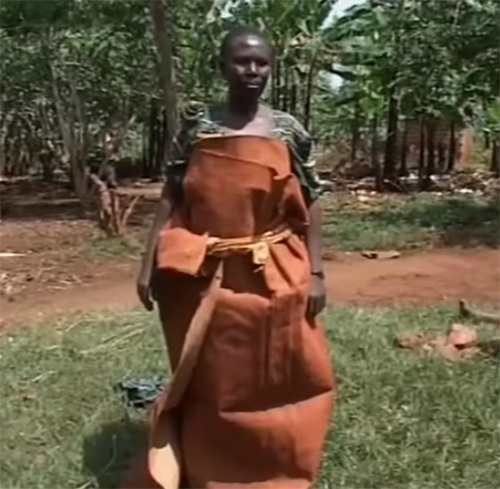
Barkcloth is still recognized among the Baganda community as a marker of specific social and cultural traditions.
The production of barkcloth was widespread, with workshops in almost every village in the Buganda kingdom.
“Way back, the barkcloth was the traditional attire, especially for the kings and royals. The fabric became popular and a key economic activity to many households at that time”, says Paul Bukenya, Ugandan craftsman.

The preparation of barkcloth involves one of humanity's oldest skills – a prehistoric technique that predates the invention of weaving.
Barkcloth is worn like a toga by both sexes. Women place a sash around the waist.
While common barkcloth is terracotta in color, barkcloth of kings and chiefs is dyed white or black and worn in a different style to underline their status.
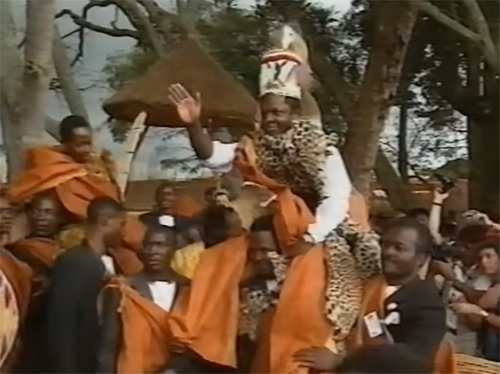
The cloth is mainly worn at coronation and healing ceremonies, funerals and cultural gatherings, but is also used for curtains, mosquito nets, bedding, and storage.
With the introduction of cotton and other modern fabrics, barkcloth production slowed and eventually faded out, reducing its usage to a particular culture and spiritual functions. Nevertheless, artists are moving to revive the fabric. They believe, barkcloth is the answer to climate change.
“The village where I come from, Masaka, has a solution to the global world in the form of a tree that produces barkcloth. The tree is renewable – it gives you bark for about 60 years and it stays for over 100 years. So, as an artist who has traveled and experimented with other materials, I'm thinking about what am I going to pass to the next generations”, comments Fred Mutebi, artist.
The process of barkcloth making
The inner bark of the Mutuba tree (Ficus natalensis) is harvested during the wet season and then, in a long and strenuous process, beaten with different types of wooden mallets to give it a soft and fine texture and an even terracotta color. Craftsmen work in an open shed to protect the bark from drying out too quickly.
Step 1
The bark is harvested from the Mutuba tree. The trunk is wrapped with leaves from surrounding banana trees to protect it from the elements and to retain moisture.

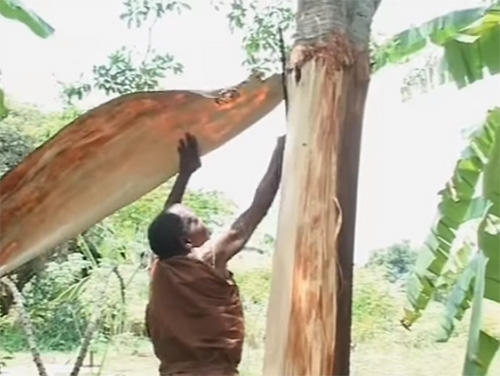
Step 2
The bark is heated using fire and boiling water to make it softer.
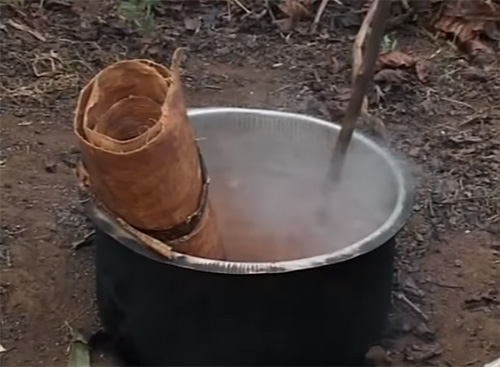
Step 3
The bark is pummeled with round-grooved wooden mallets. The bark is shaved to remove loose fragments and pummeling continues. Pummeling and stretching can last for hours and hours. A piece of bark that is 12 inches (30 cm) long can be pummeled and stretched to 120 inches (300 cm).
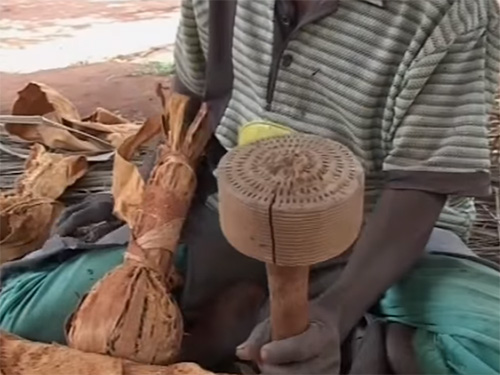
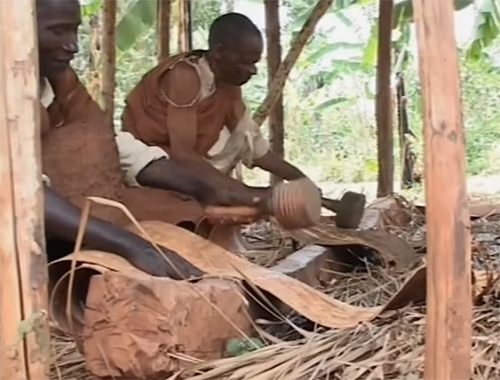
Step 4
The bark is sun-dried for 3 days and baked into a deep red-brown color.
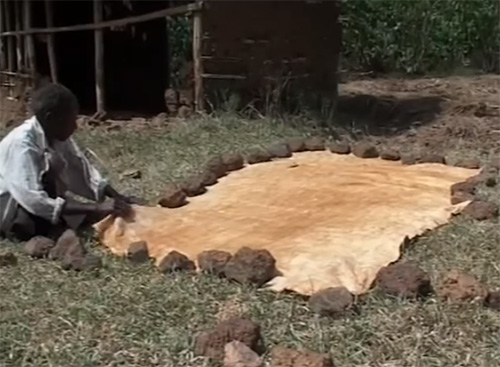
Giving new life to the traditional barkcloth
Today, the art of making barkcloth is slowly disappearing to the modern conveniences of the 21st century. But it still has a chance to survive – thanks to the designers of modern clothing.

“The tree fabric is finding its way into new markets as artists and designers look for new material to prepare their work”, says Michael Baleke, Ugandan journalist.
From runways to online shops, designers are incorporating barkcloth into their looks because of its sustainability and longevity.
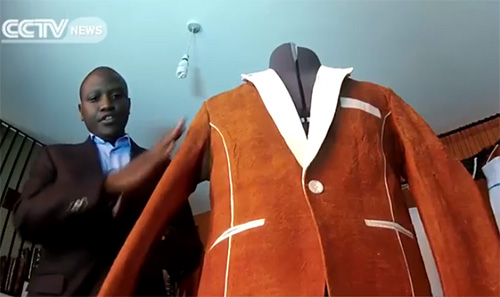
“I picked up interest in barkcloth when I started painting because I use it a lot when I'm painting. It's a fabric that is unique. When you look at it, it may seem so hard to work with but then, once you start working with it, once you learn the technique of using it, it's an amazing fabric”, says Stella Atal, African fashion designer.
Atal uses the fabric for clothing, decorated with patterns or mixed with other textiles. She wants barkcloth to be a fashion identity for Uganda. But she is worried that the tree, from which barkcloth is produced, may get extinct.
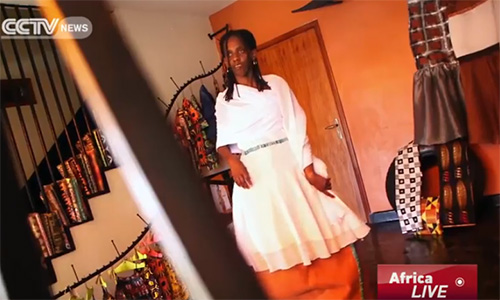
The demand for barkcloth is, however, good news for skilled craftsmen, like Paul Bukenya. On the other hand, Uganda's emerging designers and artists remain hopeful that barkcloth will be the next environmentally friendly fabric.
(c)


